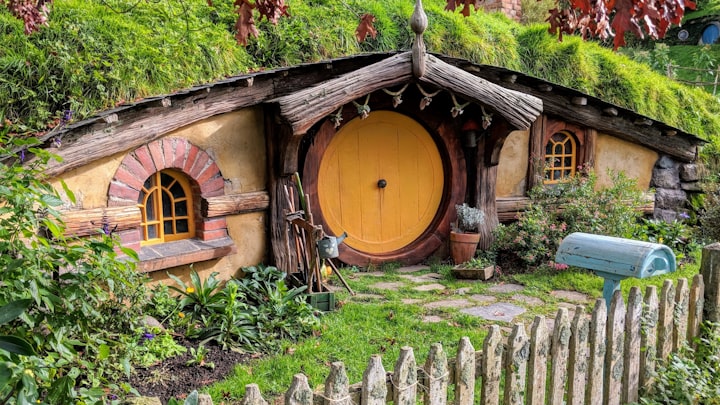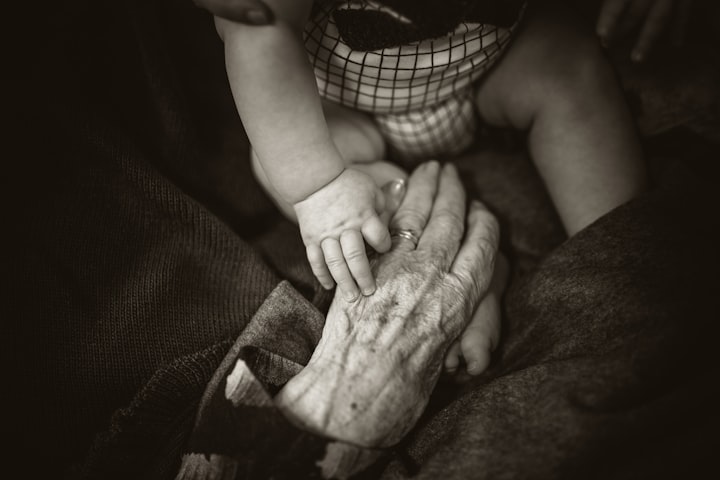The Five Haos of Prangshuing
A tale of lands not far enough away.

East of ever-pleasant Chimphan, the Golden Isle of Myrrh, and the Talkhyan Khanate’s impenetrable Wall of Thorns, is the distant land of Prangshuing. Nestled between the shivering Mountains of Madh Shrith, with their towers of splintered obsidian and the Sea of Colours with its waves of glowing water that glimmers with the hues of rainbows, Prangshuing is an ancient kingdom with many rich lands and a people blessed with wealth and long life. In Prangshuing it is a custom that the divine king, or Mathanarashat, must celebrate the anniversary of his coronation to ensure the continued bounty of the land and maintain the blessing of the gods. In the ritual, the five high priests called “Haos”, of the five gods of kingship, the Shuingai, each place a tiara on the head of the king to make the Five-Fold Crown of Imperial Majesty.
The first hao is the priest of the deserts and grasslands that spread across the southern portions of the country. He wears the garb of a desert nomad, but all dyed yellow and trimmed with copper, and so is called the Yellow Hao. He is a shepherd and archer, and the best of horsemen. Tsigayat the Tireless, the god of the burning deserts and savannas, gives Prangshuing golden fields of grain, iron-horned sheep, and tart, yellow cactus wine, and blesses those who show determination in the face of adversity, especially nomads and shepherds.
The second hao, the Green Hao, is protector of the thick forests that sprawl across the northern and western quarters of Prangshuing, and is known for only eating the fruits and game of the forests like his master, the Shuing of the Forests, Hungayak. He is a mighty huntsman, ever carrying a spear and a bow and followed by a pack of hounds, and never shaves nor cuts his hair. Hungayak the Beast, ferocious god of the dark woods, blesses the brave and the passionate, those who love life and fear not death, but will often kill those who show weakness while travelling in his sacred forests.
The third hao, the Red Hao, is the priest of Hargata the Fierce, the god of fire and blacksmithing, and is responsible for arming the vast legions of Prangshuing and running the mines and smithies of the mountains of the eastern quarter of Prangshuing. He is resplendent in gold and crimson robes over red lacquered armour formed scales and plates that are shaped like flickering flames, and carries the iron hammer of a smith wherever he goes. Hargata the Fierce values those who hone their skills diligently and dare to try new things.
The fourth hao is the priest of the Lord of Farms, Brugayam the Bountiful, and he wears the garb of a simple farmer, dyed the colour of the rich loam of Prangshuing’s central valley. He is a farmer, a merchant, and a carpenter, never without a spade or a hoe and a box of tools. He runs the markets and fairs of Prangshuing, travelling from town to town opening markets and collecting tariffs, making him the busiest of priests. His scales are always true and merchants and farmers trust his judgments in the marketplace. Farmers and craftsmen are beloved of Brugayam the Bountiful, who values hard work and generosity, and gives his blessing to those who share their work and its fruits with others for a fair price. Those who are favoured by Brugayam are blessed with inexhaustible stamina, never tiring of their work.
The fifth of these priests is the priestess of the sea, protector of the Prangshuing’s coast from invaders. As befits a goddess of the sea, the hao of Prangshuing’s waters wears pale blue robes trimmed with pearls and polished seashells. She is known as the “Blue Hao”, and her mistress, the Shuing of the seas, is Suigaya, the Lady of Dolphins. The Blue Hao is a fisher and sailur, and never without a compass and a net, and she spends her days as captain of the Mathanarashat’s imperial flagship. All pirates fear her cunning, and all fishermen and sailors admire her skill and beauty. Queen Suigaya the Blue, goddess of the Sea of Colours, is a mercurial, playful goddess who frolics and swims with the rainbow-eyed dolphins of the Sea of Colours, and blesses those who know how to play and swim like beloved dolphins and have skill in seamanship and fishing. Followers of Suigaya swim with her in the sparkling sea.
In the annual coronation ceremony each hao is accompanied by a page, the page carries the tiara for the hao to place on the Mathanarashat’s tattooed head. The first tiara is a rope of copper wire covered in yellow beads of amber and volcanic glass from Mount Tsigalaila beyond the southern desert. The tiara has a crest carved from a desert ram’s horn and shaped like a cactus with copper needles. The second tiara is of hard oak from the deepest reaches of the venerable forests of the North carved into a circle of deers, has a crest of emerald cut into the shape of an arrowhead. The third tiara has the shape of flames flickering in a circle and is made of gold-edged iron plates and chips of flint and diamond. It has a crest of ruby shaped like a wavy blade of a kris, the traditional weapon of a Prangshuing warrior. The fourth tiara is of fine ceramic, sculpted and glazed into the shape of a bough from a peach tree, and it has an egg-shaped orb of brown topaz as the crest. The fifth tiara stretches upward to a peak and is made of green bronze wire in the form of a fisherman’s net and covered in shells and pearls, with a trident of silver as the crest.
The pages of the haos were young acolytes, called “tanhs”, who attended their haos at all times, and were trained to assist the haos in all the daily rituals that the priesthood had to perform, no matter how menial. The tanhs spent their entire lives serving the haos, apprenticing to become haos, and knew that to protect their own futures they had to maintain the honour and prestige of the haos. More than that, they believed in the cause of their gods, and were picked for their faith and piety. No matter the difficulty involved they would always vigilantly guard and serve their masters’ reputations.
Indeed, many generations ago, it is told, there was a hao of Brugayam who had a terrible time finding a chance to sleep, being ever busy running the farms and markets of Prangshuing as was his duty, and as a result was forever falling asleep anytime he sat down. His tanh, ever vigilant to protect the old, overworked priest’s reputation, would constantly have to nudge his master awake. Of course, every year the priest would nod off during the coronation anniversary’s long ceremony right before he had to place the tiara of Brugayam on the king’s head. Whenever this happened, it was the responsibility of the young tanh to lean forward, tug on the priest’s earth-coloured robes, and whisper sotto voce into his master’s ear, “Crown NOW, Brown Hao!”
About the Creator
Samuel Wright
I am a writer & tarot reader in Oregon. I'm a TTRPG fan, love all types of sci-fi & fantasy books, movies, & games, & read voraciously. I write a variety of content, mostly RPG blogs. Tell me where you found my page.
Art by Google/Unsplash






Comments
There are no comments for this story
Be the first to respond and start the conversation.